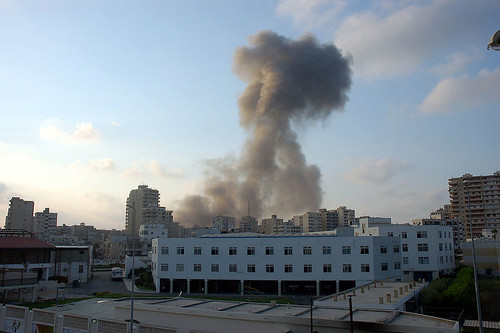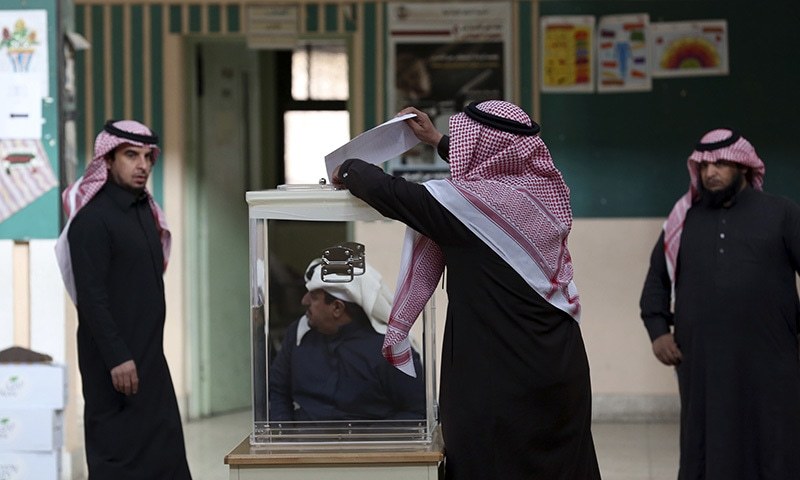Michelle Bachelet is inaugurated as first female president of Chile.
On January 15, 2006, Michelle Bachelet became Chile’s first woman president-elect. Bachelet came in first in the December 2005 election but did not manage to win a majority in that race, so she faced a runoff in January against her nearest opponent, billionaire businessman, Sebastian Pinera. Earlier, she was minister of defense in Chile, the first woman in Chile or all of Latin America to serve as a minister of defense.
Bachelet, a Socialist, is generally considered a center-leftist. While three other women have won presidential elections in the Americas, Bachelet was the first to win a seat without first becoming known through a husband’s prominence.
Her term in office ended in 2010 because of term limits; she was reelected in 2013 and began serving another term as president in 2014.
Michelle Bachelet was born in Santiago, Chile, on September 29, 1951. Her father’s background is French; her paternal great-grandfather emigrated to Chile in 1860. Her mother had Greek and Spanish ancestry.
Her father, Alberto Bachelet, was an air force brigadier general who died after being tortured for his opposition to Augusto Pinoche’s regime and support of Salvador Allende.
Her mother, an archaeologist, was imprisoned in a torture center with Michelle in 1975, and went into exile with her.
In her early years, before her father’s death, the family moved frequently, and even lived in the United States briefly when her father worked for the Chilean Embassy.
Michelle Bachelet studied medicine from 1970 to 1973 at the University of Chile in Santiago, but her education was interrupted by the military coup of 1973, when Salvador Allende’s regime was overthrown. Her father died in custody in March of 1974 after being tortured. The family’s funds were cut off. Michelle Bachelet had worked secretly for the Socialist Youth, and was imprisoned by the Pinochet regime in 1975 and held in the torture center at Villa Grimaldi, along with her mother.
From 1975-1979 Michelle Bachelet was in exile with her mother in Australia, where her brother had already moved, and East Germany, where she continued her education as a pediatrician.
Bachelet married Jorge Dávalos while still in Germany, and they had a son, Sebastián. He, too, was a Chilean who had fled the Pinochet regime. In 1979, the family returned to Chile. Michelle Bachelet completed her medical degree at the University of Chile, graduating in 1982.
She had a daughter, Francisca, in 1984, then separated from her husband about 1986. Chilean law made divorce difficult, so Bachelet was unable to marry the physician with whom she had her second daughter in 1990.
Bachelet later studied military strategy at Chile’s National Academy of Strategy and Policy and at the Inter-American Defense College in the United States.
Michelle Bachelet became Chile’s Minister of Health in 2000, serving under socialist President Ricarco Lagos. She then served as Minister of Defense under Lagos, the first woman in Chile or Latin America to hold such a post.
Bachelet and Lagos are part of a four-party coalition, Concertacion de Partidos por la Democracia, in power since Chile restored democracy in 1990. Concertacion has focused on both economic growth and spreading the benefits of that growth throughout segments of society.
After her first term as president, 2006 – 2010, Bachelet took a position as the Executive Director of UN Women.








